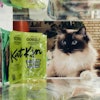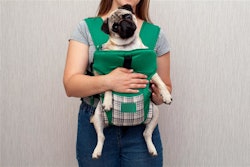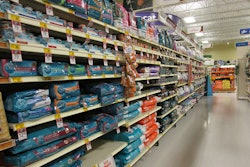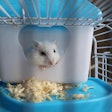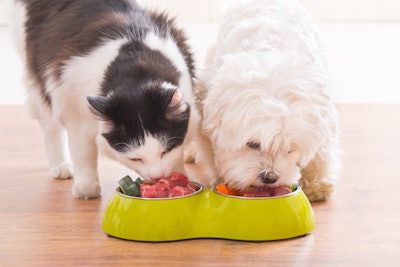
Adapted from a press release
According to a new report from CoBank’s Knowledge Exchange, younger generations of U.S. pet owners are fueling growth of the fresh pet food category, opting for frozen or refrigerated products with wellness claims or attributes similar to the foods they buy for themselves.
The report, Seeking Wellness, Younger Pet “Parents” Spur Pet Food Growth Trends, noted Millennials and Gen Z are beginning to dominate the pet owner landscape and are now as likely to have a pet as older generations. While dry foods still account for the bulk of the market, the younger generation of pet owners is gravitating to products positioned as fresher, healthier or more natural.
CoBank noted sales growth among the pet food category segments demonstrates consumers’ willingness to pay a premium for pet foods perceived as providing specific health benefits.
- Since 2021, dollar sales of fresh dog and cat food have increased 86% and 54%, respectively.
- Volume sales have outperformed the category as a whole, with unit sales of fresh dog food increasing by 47% and fresh cat food climbing 20% over the last two years.
Wellness-oriented attributes dominate
Brands in the pet food space have the potential to further use wellness-oriented attributes that resonate with younger consumers, extending into the areas of weight control, healthy aging and calmness. Continued growth in the fresh pet food segment is expected to usher in new market entrants and may create opportunities for new ingredient suppliers.
“Today’s pet owners are treating their pets as well as, or better than, themselves,” said Billy Roberts, senior food and beverage economist for CoBank. “As human health trends increasingly inform pet nutrition innovations, new ways to support pets’ overall well-being will continue to emerge, whether in the form of foods, treats or supplements for their pets' physical and behavioral health."
U.S. consumer spending on pet foods has grown steadily higher over the last several years. Dollar sales increased nearly 12% in 2023 and since 2011, the average annual spending on pet foods has risen 54%. While the past year did see slight volume attrition due to price inflation, category growth rates should stabilize as inflation moderates, particularly in segments focused on animal health and wellbeing.
Consumers willing to pay more for fresh
Consumer research firm Mintel found that more than half of U.S. pet food buyers perceive freshly prepared foods to be healthy, and 79% are willing to pay more for healthier pet food products. Two of the top trends currently fueling the U.S. pet food and treat market are humanization and health/wellness. That has led to an increase in products boasting various functional benefits, including dental health, weight management and life stage-specific benefits.
Roberts said the market potential for pet food and ancillary pet products shows signs of expanding even beyond its considerable growth of recent years. And that is especially true for fresh pet foods, as younger generations advance in their careers and income levels.
“Consumers generally equate fresh options, particularly refrigerated products, with foods that are natural, and, by further extension, healthier, and such leaps of logic will likely continue to fuel growth in the foods people are buying for their pets,” said Roberts.
While humanization is already driving much of the innovation in the pet food and treat space, the trend may have only just begun. Consumers are dedicating more time and money to their pets, transforming the human-animal bond into something more reminiscent of that between a parent and child.

